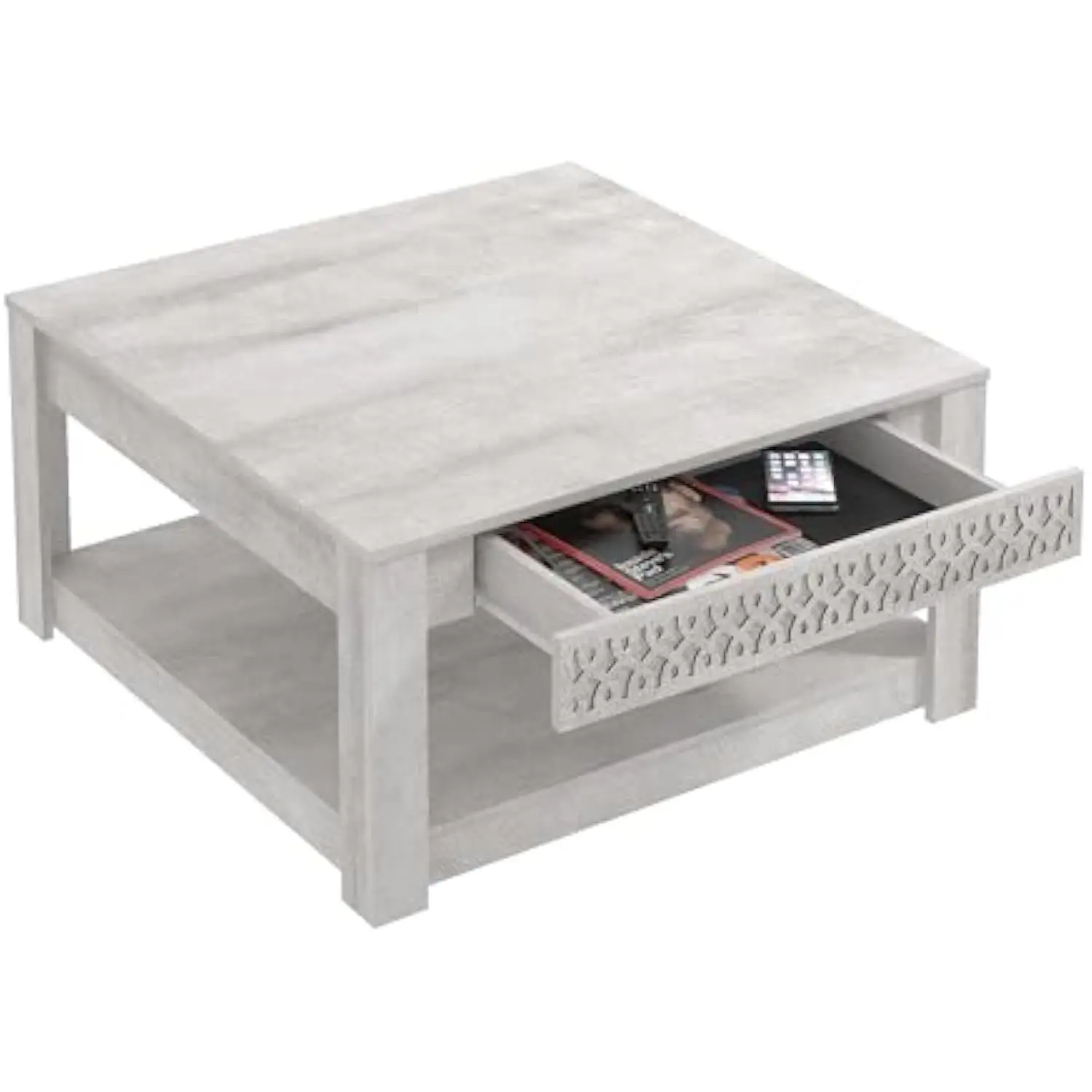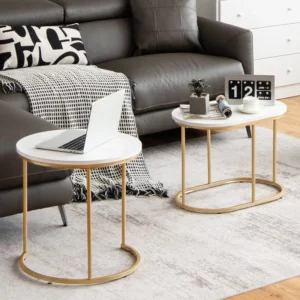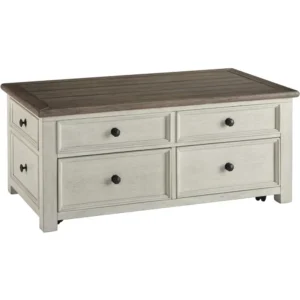Understanding the Challenges and Opportunities of Small Living Spaces
Living in a compact space presents unique challenges that many urban dwellers face daily. Limited floor area means every furniture choice matters. Storage becomes a premium commodity, and maintaining a stylish aesthetic while being practical can feel like an impossible balancing act. Yet these challenges create perfect opportunities for creative solutions.
Small living rooms offer surprising benefits when designed thoughtfully:
- Enhanced coziness – Compact spaces naturally feel more intimate and welcoming
- Greater efficiency – Everything you need is within easy reach
- Lower maintenance – Less space means less to clean and maintain
- Environmental benefits – Smaller spaces typically consume fewer resources
With urban housing trends showing smaller living spaces becoming increasingly common, mastering the art of compact living is more valuable than ever. The key lies in making intentional design choices that maximize both function and style.
In this guide, we’ll explore strategic furniture selection, clever layout strategies, and design tricks that transform spatial limitations into advantages. Understanding intelligent black mid-century coffee tables and other space-conscious furniture options can help address many common compact living room challenges.
Assessing Your Space: The Critical First Step
Before purchasing a single piece of furniture, take time to thoroughly evaluate your space. This foundational step prevents costly mistakes and ensures every item serves your room effectively.
Action steps for proper space assessment:
- Measure all walls, windows, and doorways (width, height, and distance between features)
- Note permanent fixtures like radiators, built-ins, or architectural details
- Identify electrical outlets and light sources
- Document ceiling height (this affects visual proportions)
- Consider natural light patterns throughout the day
Create a simple floor plan using these measurements—many free room planning apps make this process straightforward. Next, divide your living room into functional “zones” based on how you’ll use the space. Common zones include conversation areas, TV viewing spots, and perhaps a small workspace.
Pay careful attention to traffic flow. Maintaining clear pathways of at least 36 inches (91 cm) ensures comfortable movement through the room. Understanding appropriate coffee table sizes for small living rooms helps you select pieces that maintain proper clearances while maximizing usability.
Finally, prioritize your needs by distinguishing between must-have functions versus nice-to-have features. This honest assessment helps you allocate your limited space to what truly matters.
Space-Savvy Furniture Selection: The Foundation of Compact Living
When furnishing a small living room, understanding visual weight is essential. This concept refers to how heavy or light a piece appears, regardless of its actual weight. Furniture with open space underneath creates an airier feel because you can see the floor continue beneath it, making the room feel larger.
Choose pieces with legs rather than those that sit directly on the floor. For example, a sofa with 6-8 inch (15-20 cm) legs allows light to flow underneath, creating the impression of more space. Similarly, tables with slender legs feel less imposing than solid blocks.
Proper proportions make an enormous difference. An oversized sofa might physically fit but will dominate the room visually. Instead, select furniture scaled appropriately for your space—pieces that provide functionality without overwhelming the room.
When browsing mid-century modern small coffee tables, notice how their clean lines and balanced proportions naturally complement compact spaces. The mid-century aesthetic emphasizes function alongside form, making these pieces particularly well-suited to small living areas.
Look for furniture that complements rather than competes with your space. This means choosing pieces with similar design languages and avoiding visual clutter. A few well-chosen items will make your space feel more intentional and spacious than numerous mismatched pieces.
Multi-Functional Furniture: Getting More from Every Square Inch
In compact living rooms, every piece of furniture should earn its keep—ideally by serving multiple purposes. Multi-functional furniture is the secret weapon for maximizing limited square footage.
Smart multi-purpose options include:
- Sofa beds and sleeper options – Apartment-sized sleeper sofas (typically 72 inches/183 cm compared to standard 84 inches/213 cm) provide seating by day and guest accommodation by night
- Storage ottomans – These versatile pieces function as coffee tables, extra seating, footrests, and hidden storage compartments
- Nesting tables – These space-saving wonders can be expanded when entertaining or tucked away when not needed
- Lift-top coffee tables – Transform from standard coffee tables into work surfaces or dining areas at adjustable heights
- Modular furniture systems – Reconfigurable pieces adapt to different needs and room arrangements
Mid-century modern lift-top coffee tables exemplify this multi-functional approach, providing hidden storage while maintaining clean aesthetic lines. Similarly, mid-century modern nesting coffee tables offer flexible surfaces that adapt to your changing needs.
When evaluating multi-functional furniture, look beyond just space-saving features. Quality materials and construction ensure your clever pieces will stand up to their increased usage. Remember that a well-made piece serving multiple functions is more valuable than several cheap single-purpose items.
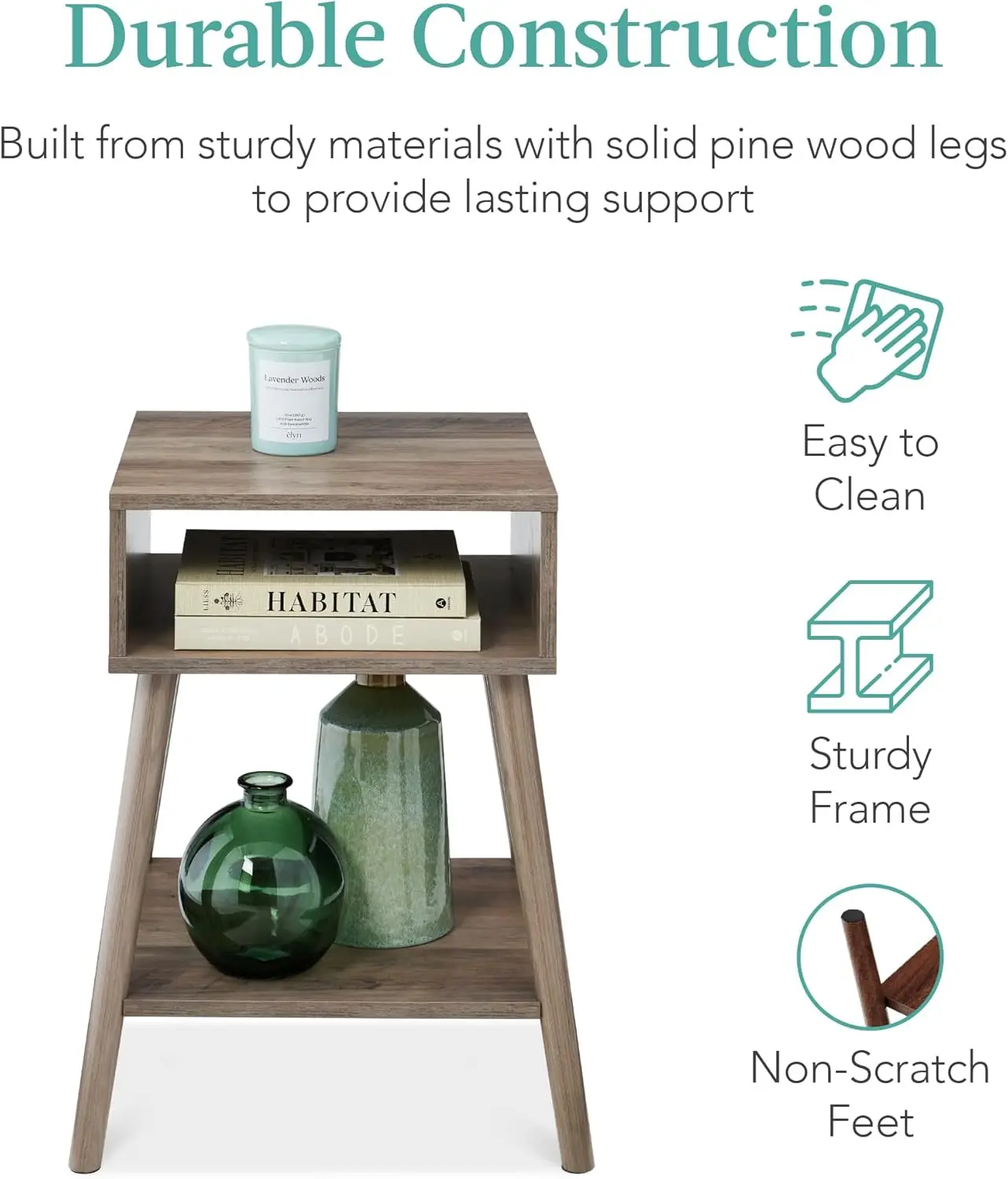
Strategic Seating Solutions for Limited Square Footage
Seating typically occupies the most space in living rooms, making strategic choices particularly important. Traditional sofas (averaging 84 inches/213 cm) can overwhelm compact spaces. Consider these space-conscious alternatives:
- Loveseats (48-60 inches/122-152 cm) provide comfortable seating for two while occupying significantly less space
- Apartment sofas (68-72 inches/173-183 cm) offer a middle ground between loveseats and full-sized sofas
- Settees provide elegant seating with typically shallower depths (30-32 inches/76-81 cm versus standard 36-40 inches/91-102 cm)
Armless chairs create a sense of openness while providing necessary seating. Without bulky arms, these chairs appear lighter and actually occupy less physical space. They also tuck more neatly under tables or into corners when needed.
For flexible arrangements, incorporate alternative seating like:
- Backless benches that can slide under tables when not in use
- Poufs and floor cushions that store easily in closets
- Folding or stacking chairs that accommodate occasional guests
When selecting your seating, consider how it pairs with other furniture elements. Maximizing black mid-century coffee tables in your space works best when the surrounding seating is properly scaled and arranged for conversation and functionality.
Smart Surface Solutions: Tables and Workspaces That Don’t Dominate
Tables provide essential surfaces in living rooms but can consume valuable floor space. Strategic table choices can dramatically improve your compact living room’s functionality.
Space-efficient table options include:
- C-tables and tray tables – These slim pieces slide under or beside seating, providing surfaces exactly where needed without permanent footprint
- Wall-mounted or folding surfaces – Tables that attach to walls or fold away when not in use free up floor space completely
- Round tables – These eliminate sharp corners that interrupt traffic flow and feel less obtrusive than rectangular counterparts
- Console tables – Narrow profiles (typically 12-15 inches/30-38 cm deep) provide display and storage without projecting far into the room
Transparent materials like glass and acrylic create surfaces without visual weight. Mid-century modern glass-top coffee tables allow light to pass through, creating the illusion of more space while still providing functional surfaces.
Height relationships between tables and seating significantly impact comfort. Side tables should align with sofa arm height (typically 24-26 inches/61-66 cm), while coffee tables work best at 16-18 inches (40-46 cm)—slightly lower than standard seat height.
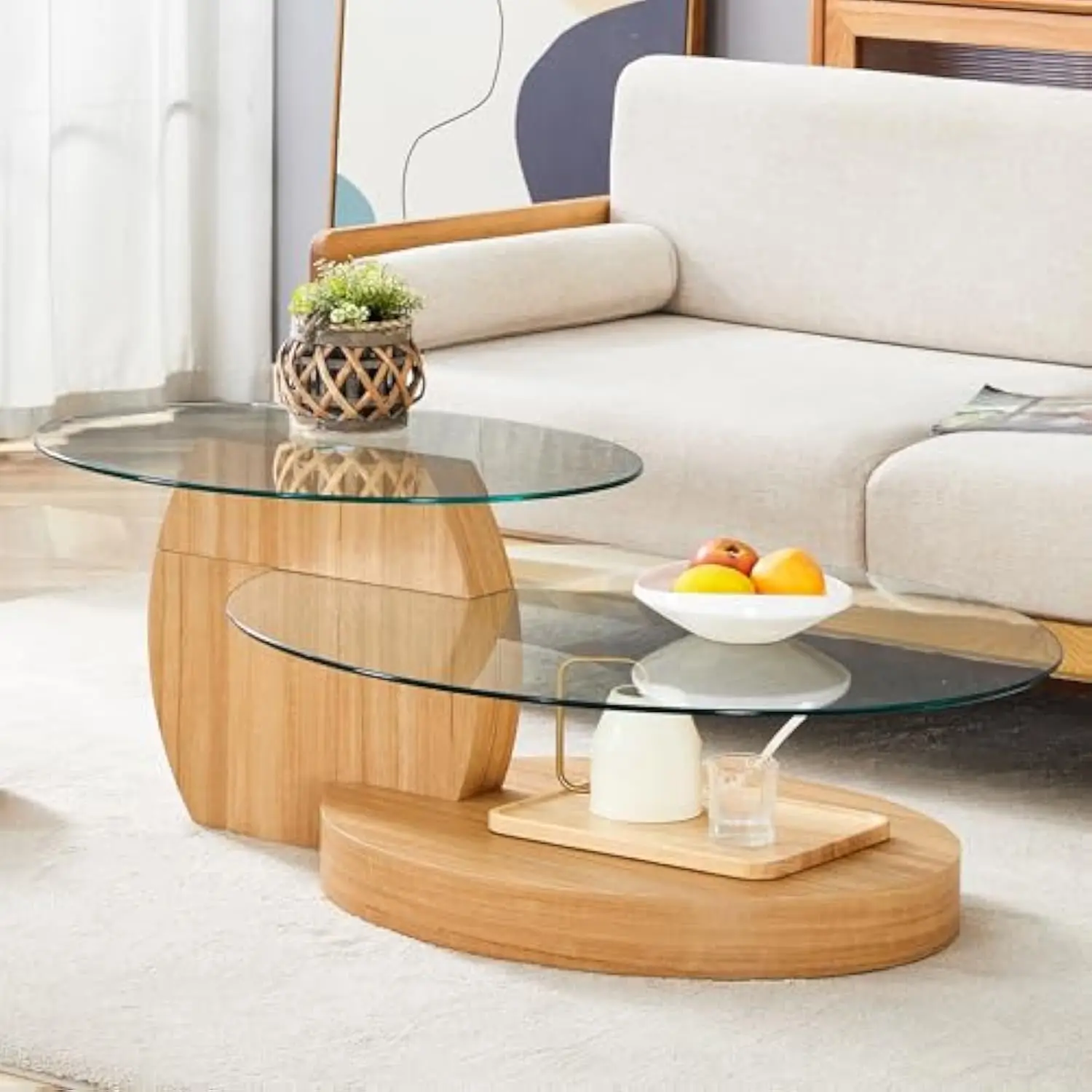
Conquering Clutter: Storage Solutions for Small Living Rooms
In compact living rooms, effective storage solutions are essential for maintaining a serene environment. Without proper storage, even the most beautifully designed small space quickly becomes overwhelmed by visual clutter.
Maximize vertical space with tall, narrow shelving units that draw the eye upward and utilize wall area rather than valuable floor space. Floating shelves create storage and display opportunities without the visual weight of traditional bookcases.
Look beyond obvious storage pieces like ottomans to find hidden opportunities:
- End tables with drawers or shelves
- Platform sofas with under-seat storage
- Media consoles with closed compartments
- Hollow decorative boxes that double as storage
For displaying collections, adopt a curated approach. Rather than showing everything at once, rotate favorite items seasonally. This creates visual interest while preventing overcrowding.
Mid-century modern coffee end table sets often feature complementary pieces designed to work together efficiently, providing coordinated storage solutions that maximize functionality without requiring excessive space.
Remember that negative space (empty area) is vital in small rooms—resist the urge to fill every inch. Strategic emptiness creates visual breathing room that makes compact spaces feel more expansive and intentional.
Mid-Century Modern Coffee & End Table Sets, Mid-Century Modern Coffee Table Sets, Mid-Century Modern Oval Coffee Tables
Price range: $257.48 through $331.04 Select options This product has multiple variants. The options may be chosen on the product pageMid-Century Modern Glass Top Coffee Tables, Mid-Century Modern Glass Top Side & End Tables
$460.58 Select options This product has multiple variants. The options may be chosen on the product pageMid-Century Modern Glass Top Coffee Tables, Mid-Century Modern Vintage Coffee Tables, Mid-Century Modern Vintage Side & End Tables
$725.36 Select options This product has multiple variants. The options may be chosen on the product pageMid-Century Modern Lift Top Coffee Tables, Mid-Century Modern Square Coffee Tables
$454.73 Select options This product has multiple variants. The options may be chosen on the product pageMid-Century Modern Nesting Coffee Tables, Mid-Century Modern Nesting Table Sets
$361.45 Select options This product has multiple variants. The options may be chosen on the product pageMid-Century Modern Lift Top Coffee Tables
$1,101.12 Select options This product has multiple variants. The options may be chosen on the product page
Mastering Furniture Arrangement: Layout Strategies for Compact Spaces
The arrangement of furniture can either maximize or squander your limited square footage. In compact living rooms, strategic placement makes all the difference.
Start by establishing a clear focal point—whether a window with a view, a fireplace, or a media center. Orient your main seating toward this focal point to create a sense of purpose and direction in the room.
Consider these layout strategies for common challenging configurations:
- For long, narrow rooms – Break the space into zones with area rugs and furniture groupings rather than lining everything along the walls
- For awkward corners – Use corner shelving or specially designed corner desks to transform wasted spaces into functional areas
- For open concept spaces – Define the living area with a well-placed area rug and furniture arrangement that creates invisible boundaries
Maintain clear pathways through the room—avoid creating obstacle courses. Furniture should be arranged to allow natural movement without requiring people to zigzag around pieces or squeeze through tight spots.
For media placement in compact rooms, consider wall-mounting TVs to free up surface space. Alternatively, a small projector that can be stored when not in use provides big-screen capabilities without permanent space commitment.
The principles of Scandinavian furniture for small homes often complement mid-century approaches, emphasizing clean lines and functional beauty that works particularly well in limited spaces.
Visual Space-Expanding Techniques: Color, Light, and Optical Illusions
Beyond physical furniture choices, visual techniques can dramatically impact how spacious your compact living room feels. Strategic use of color, light, and optical illusions creates the perception of greater space.
Color strategies that expand visual space:
* Light, cool colors on walls make rooms appear more expansive
* Monochromatic color schemes reduce visual boundaries
* Painting trim and walls the same color eliminates visual breaks
* Using color to highlight architectural features draws the eye upward
Lighting significantly affects spatial perception. Layer your lighting with:
* Ambient lighting for overall illumination
* Task lighting for reading and specific activities
* Accent lighting to highlight features and create depth
* Wall-washing techniques to make walls appear to recede
Mirrors strategically placed opposite windows reflect natural light and create the illusion of additional space. Consider mirrored furniture pieces or gallery walls with mirrors mixed among artwork.
Window treatments should maximize natural light while adding visual height. Mount curtain rods closer to the ceiling than the window frame to create the impression of taller windows and higher ceilings.
Even when incorporating darker pieces, such as when styling black mid-century coffee tables, balance them with lighter elements to maintain visual spaciousness while adding depth and character to your design.
Incorporating Hearth Forms Tables: Mid-Century Modern Solutions for Compact Living
Mid-century modern design principles naturally complement compact living spaces. The style’s emphasis on clean lines, organic shapes, and functional beauty aligns perfectly with small space needs.
Hearth Forms tables exemplify these principles with their thoughtfully scaled proportions and visual lightness. Unlike bulky contemporary pieces, mid-century designs typically feature slender profiles and tapered legs that create airiness—crucial for compact rooms.
Well-designed side tables and coffee tables serve as anchoring elements in small living rooms. Their authentic materials—like natural hardwoods with visible grain—add warmth and character without overwhelming visual weight. The honest expression of materials creates depth and interest while maintaining clean lines.
The versatility of these pieces shines in compact arrangements. Many black mid-century modern coffee table styles offer unexpected functionality within their elegant forms—from hidden storage compartments to adjustable surfaces that adapt to different needs.
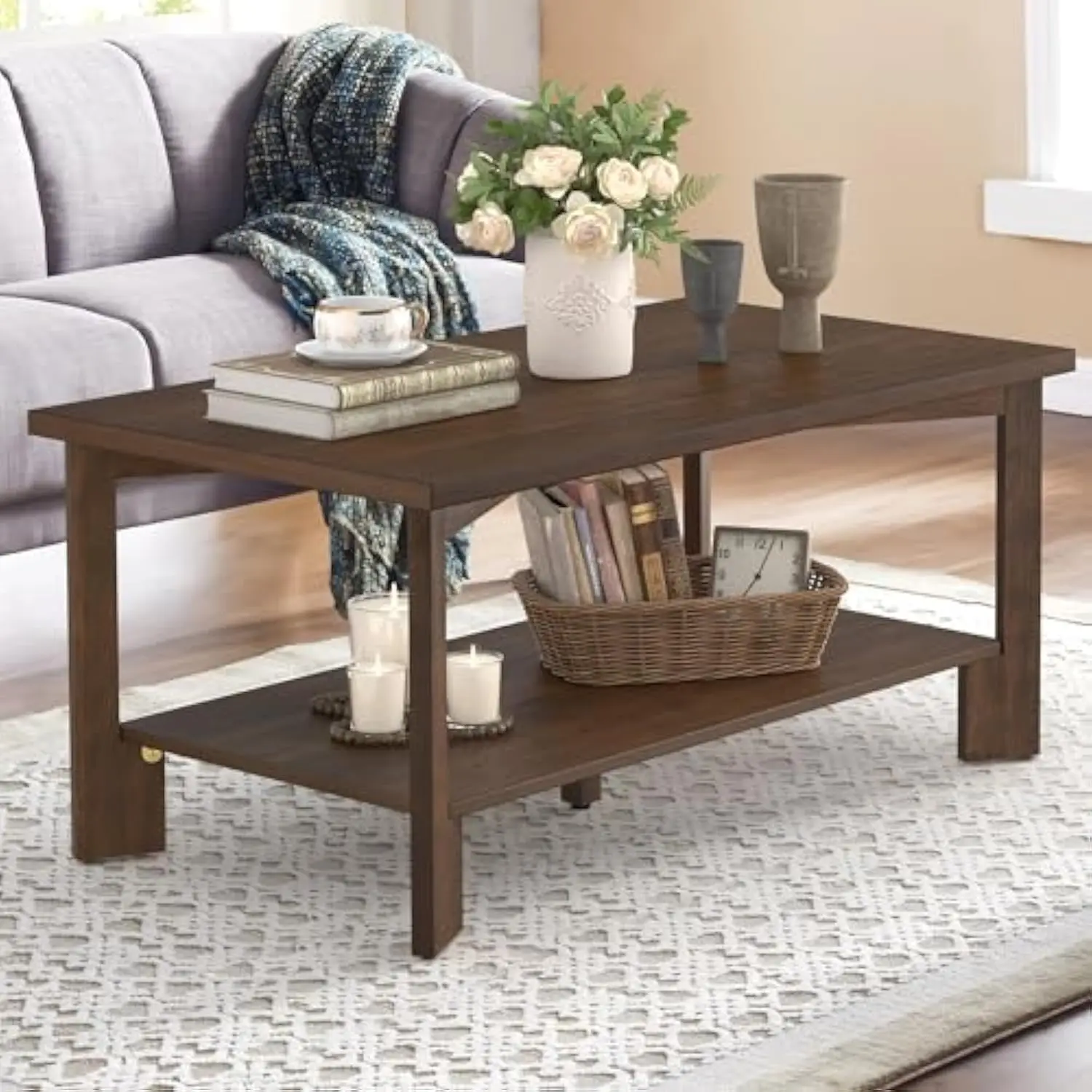
Common Mistakes to Avoid When Furnishing Small Living Rooms
Even with the best intentions, several common mistakes can make compact living rooms feel cramped and dysfunctional. Avoiding these pitfalls will help your space reach its full potential.
Problem: Pushing all furniture against walls
Better approach: Float some pieces to create conversation areas and improve traffic flow
Problem: Choosing too many small pieces thinking they’ll save space
Better approach: Select fewer, appropriately-scaled pieces that serve multiple functions
Problem: Cluttering surfaces with numerous small decorative items
Better approach: Choose a few statement pieces with meaningful impact
Problem: Installing heavy, light-blocking window treatments
Better approach: Use sheer fabrics or blinds that maximize natural light
Problem: Selecting dark, heavy furniture throughout
Better approach: Balance darker pieces with lighter elements for visual contrast
The compact coffee table buying guide can help you avoid common purchasing errors specific to these essential pieces. Remember that proper scale—not just small size—is the true secret to furnishing compact spaces effectively.
Maintaining Your Space: Organization Habits for Compact Living
Creating a beautiful compact living room is just the beginning—maintaining its functionality requires consistent habits. Developing simple organizational routines prevents your carefully designed space from becoming overwhelmed.
Adopt the “one in, one out” rule to control accumulation. Before bringing new items home, identify something of similar size to remove. This simple practice prevents gradual overcrowding.
Establish these practical maintenance habits:
* Weekly 10-minute decluttering sessions focusing on visible surfaces
* Seasonal evaluations of what’s being used versus what’s merely taking space
* Immediate homes for incoming items rather than temporary “drop zones”
* Vertical storage solutions for papers and media to prevent horizontal sprawl
Consider digital alternatives to physical items where appropriate. Digital books, magazines, and media reduce physical storage needs while maintaining access to content you love.
Remember that maintaining a compact living space is an ongoing process. Regular attention prevents the need for major overhauls and ensures your thoughtfully designed room continues to function beautifully for years to come.

